Change of scenery, I leave this area of Argentina, bordering Brazil and Paraguay to go to the Andean northeast. After a stop in the city of Salta, I head for the Humahuaca quebrada where a set of tiny villages stretch out along the canyon. The Argentinians who lives in these lands have much more similarities with their Bolivian neighbours than with the distant porteños (inhabitants of Buenos Aires). The quebrada-built-in asphalted road leads me up to the village of Humahuaca. The dusty alleyways weave in and out of the whitewashed buildings. I live in the Posada El Sol hostel, an architecture jewel, simple and local, nestled in the bottom of the village. The overhead colourful hill overlooks the village. A heaven to rest or to immerse oneself in the Andean culture.

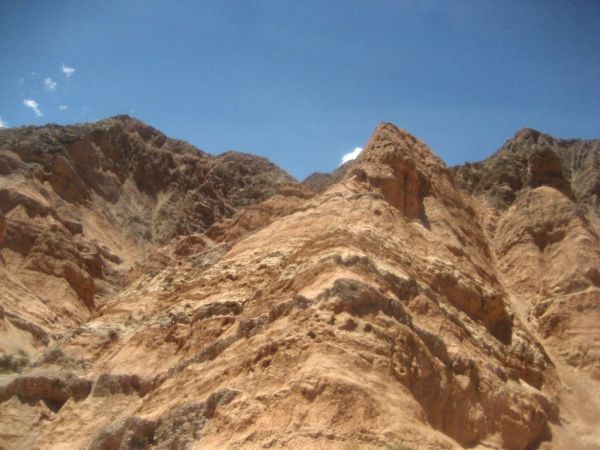








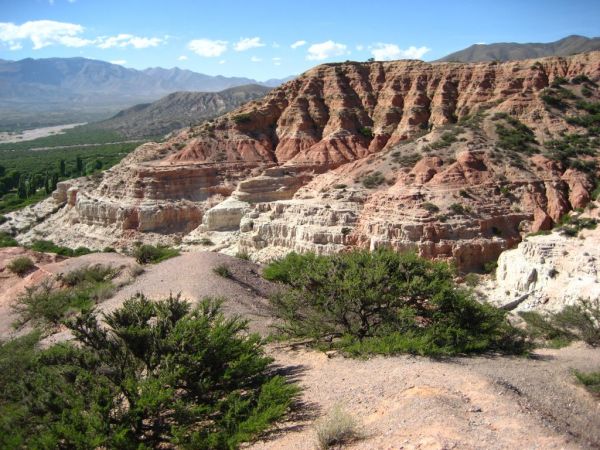




The next day, departure for the village of Iruya through a bumpy, earthy road. We cross a 4000m-plus pass. We are geographically at the beginning of the Altiplano, this high Andean plateau that towers between 3000 and 5000m high. The village stands in the only flat corner of the canyon. All the rest is only stone-draped hill and dried riverbed. A promontory-topping shrine and a white cross enlighten and protect the villagers. The time seems to stop and the daily public bus is the only link with the other southern villages.















Tilcara and Purmamarca complete the list of the villages of this valley. While the first one entices the Andean-craft-lovers tourists, the second one nestles in the spurs of the seven-color hill. A path goes up and down behind the village. I plunge into the earth and stone rainbow which covers the hillocks of the route. The night, zampoñas, sikus and guitar propagate the melodious waves of the Andean music in one of the restaurants of the village. The music is gut-wrenching. I walk out the restaurant, the music keeps on resounding inside my head ; my feet lift up the dust of the church-lined alleyways in the silence of a soft night. It's hard to think that in one week I'll set foot on the big malls among the crowd, two days before Christmas.
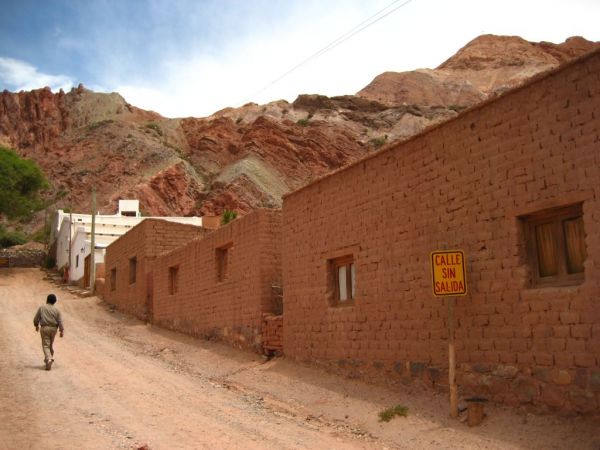







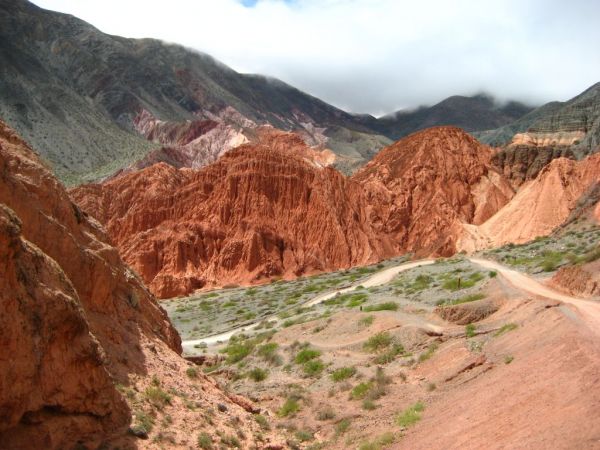
Before definitely leaving the quebrada, a small local travel agency offers an excursion to las salinas grandes. A miniature replica of its Bolivian neighbour, the salar of Uyuni. A flat, white expanse stands out with the tormented sides of the quebrada, salt in abundance cracks under our steps. A white desert whose salt is partly exploited to end in a box, laid on a table.









Keyword - freedom -
Saturday 15 December 2007
the palette of colors of the Humahuaca quebrada
By dorian on Saturday 15 December 2007, 10:03 - RTW-Argentina
Friday 30 November 2007
The nudibranches of Poor Knight Islands
By dorian on Friday 30 November 2007, 20:07 - RTW-New Zealand
Our second day of diving is located on the archipelago of the Poor Knight Islands that Jacques-Yves Cousteau made it popular ranking the spot as one of the 10 best dives in the world.
We have an appointment at 9am in the peaceful pier of Tutukaka. We get the diving equipment before settling on board of the boat. After a short safety briefing, we heave the anchor. The sea is calm while the outline of the islands loom in the distance. En route, we suddenly change the course to chase a group of pilot whales. Sort of big bulby-headed dolphins. For a short time, we forget the scuba diving and our eyes look for the dark spots on the water surface.
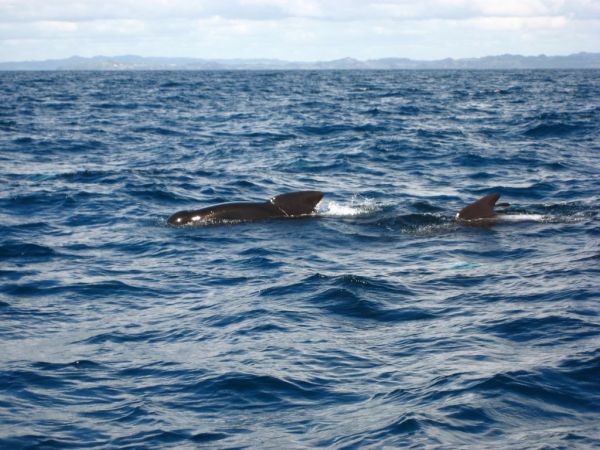
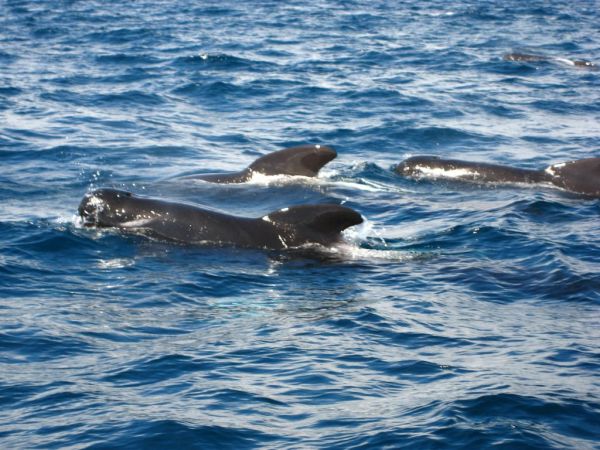
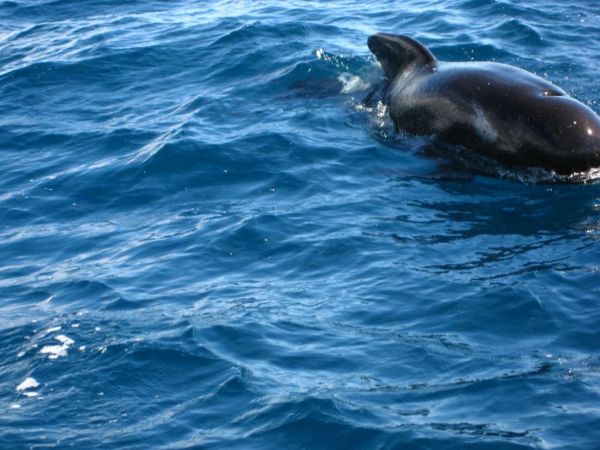
We leave the company of the cetaceans to head for the islands of the archipelago. A large opening in the rock overlooks us and it's under this arch we 'll pass diving. We quickly put on the equipment, mask installed and regulator in the mouth, we jump into the ocean. A trickle of cold water flows alongside my spine as we sink to the bottom of the sea. We enter in a long corridor where the giant seaweeds dance in the current. A soft light illuminates the colossal gully we swim in. A kind of triomphant aisle reserved for the submarine world. Despite the imposing size of the way, our looks linger on the small animals which live among the seaweeds. The mulitcoloured nudibranches (sea slugs) give eerie shades to the rocks. Tiny invertebrates which let us forget all the rest.
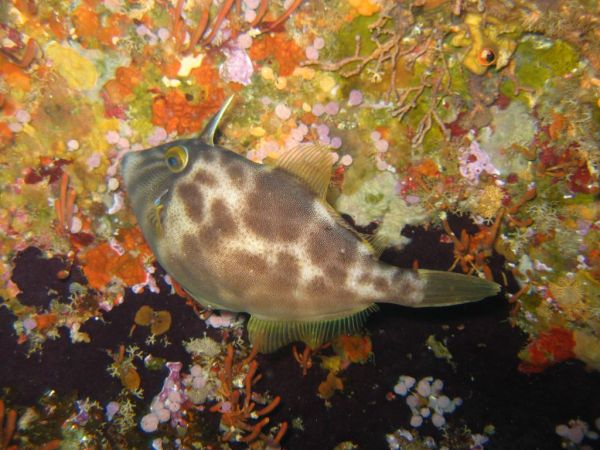
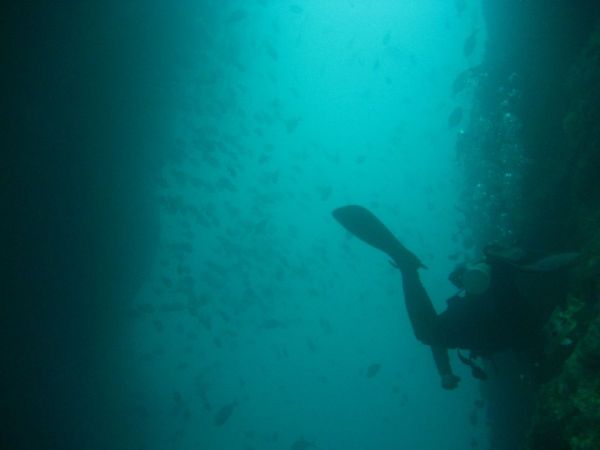

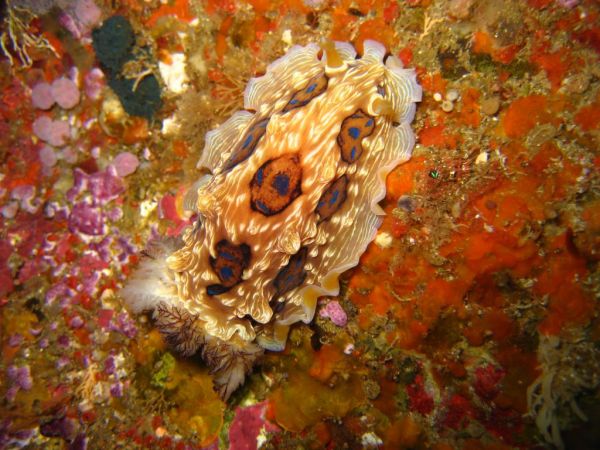
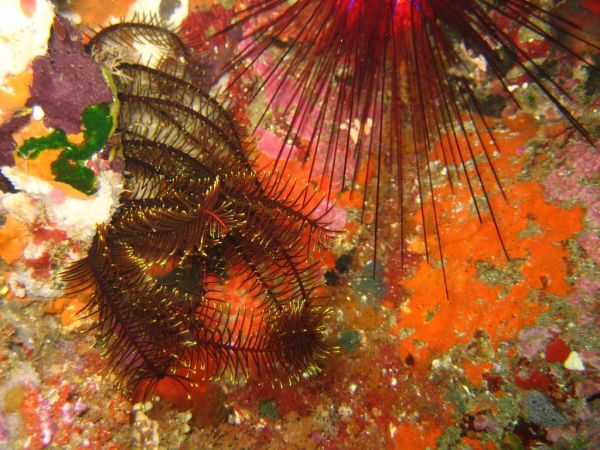
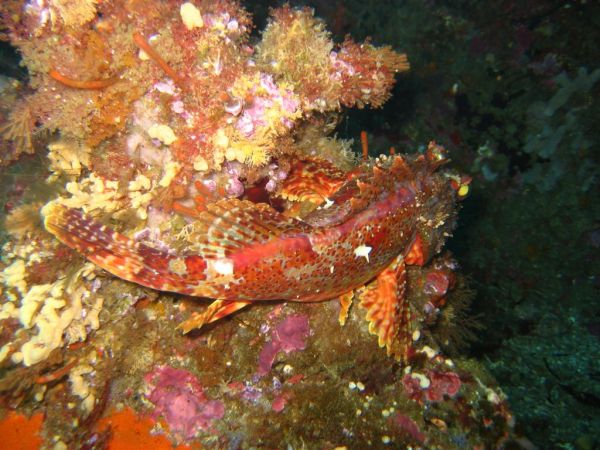

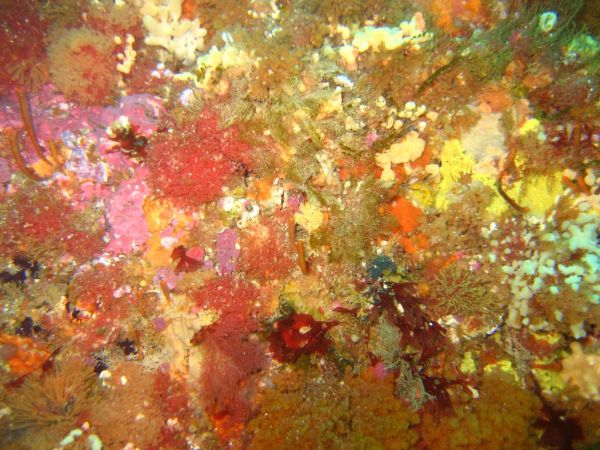
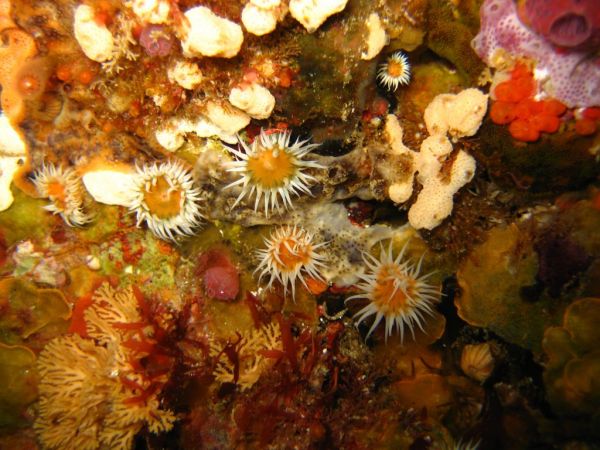
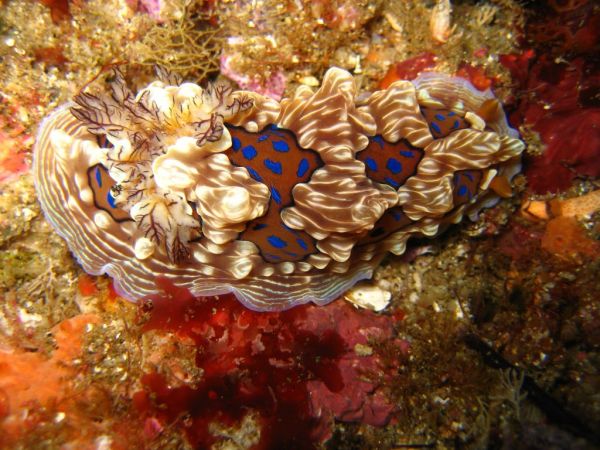

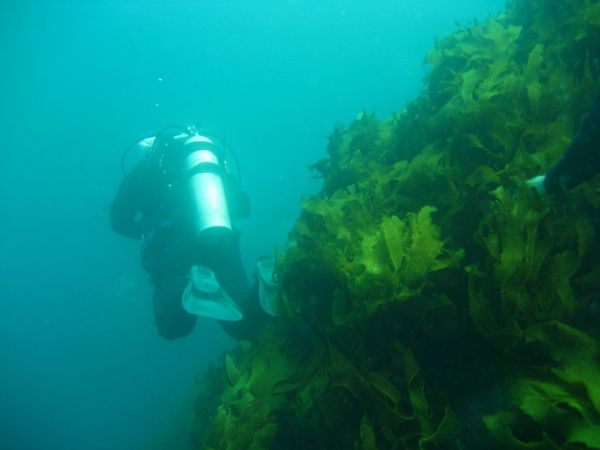
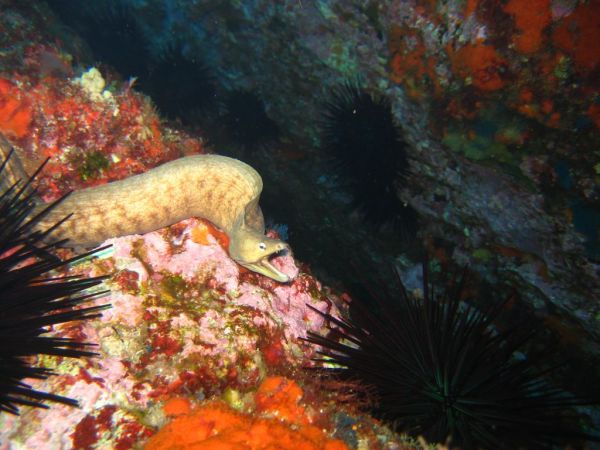
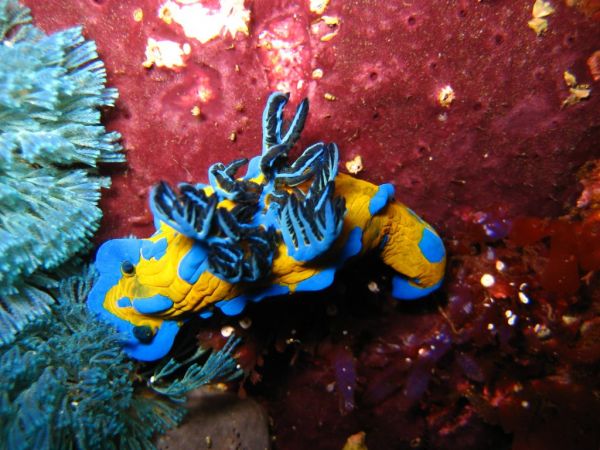
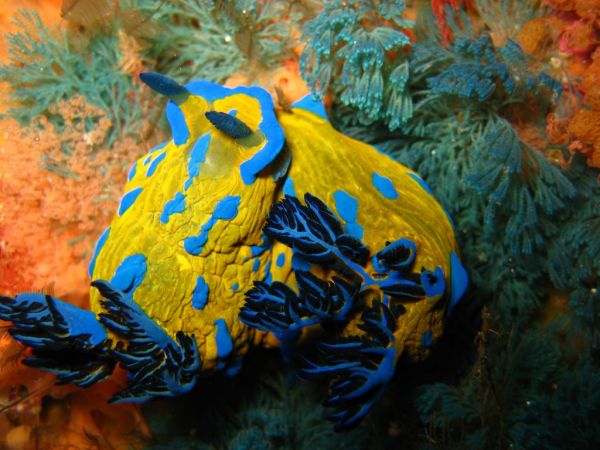

The second dive completes our visual set of fish, nudibranches and submarine flora. A second dose of nitrogen in the outstanding sea bed of this archipelago.



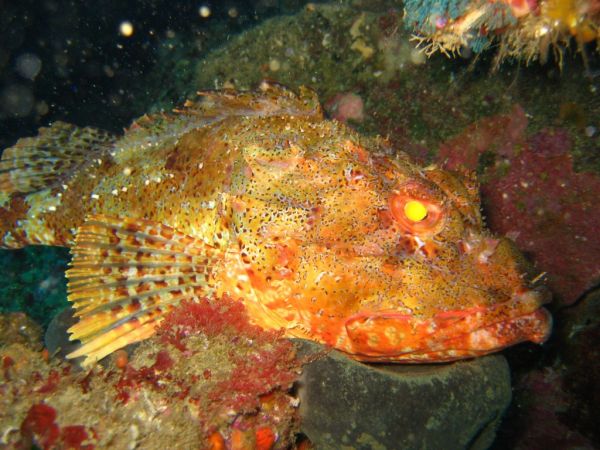
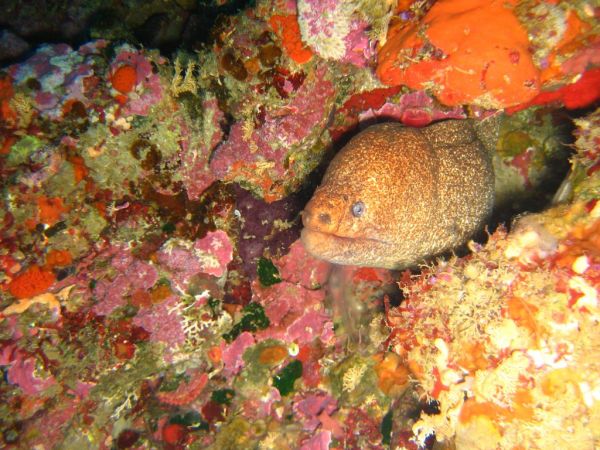
Thursday 29 November 2007
Dive on the Rainbow Warrior wreck
By dorian on Thursday 29 November 2007, 20:02 - RTW-New Zealand
Off the Cavalli islands coast, an illustrious wreck lays down.
The story of this wreck doesn't summarize in the frenzy of a mere ship which hits a reef or an iceberg and slowly sinks ; it implies a darker affair where words like political scandal, diplomatic crisis, sabotage and secret agents surface. An affair that causes French politics trouble in the middle of the eighties. But before diving in the dismal and unfortunately bloody story of the Rainbow Warrior sabotage, we go to discover the Bay of Island, between flowers and ocean.
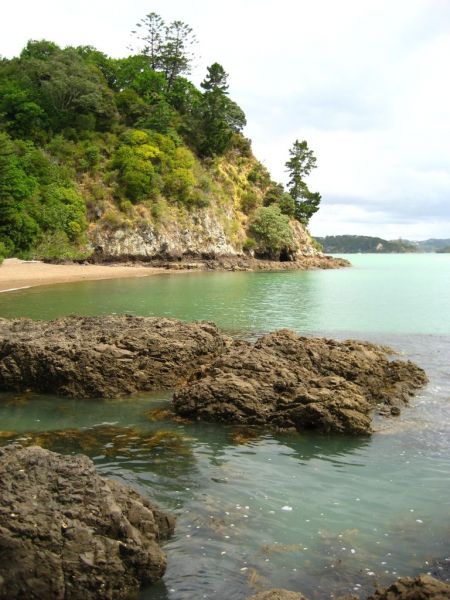
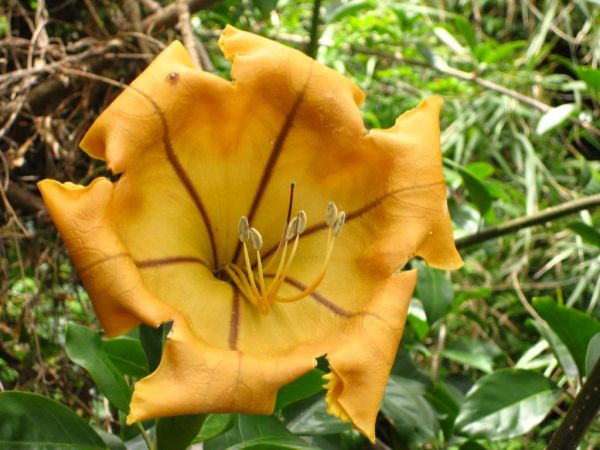
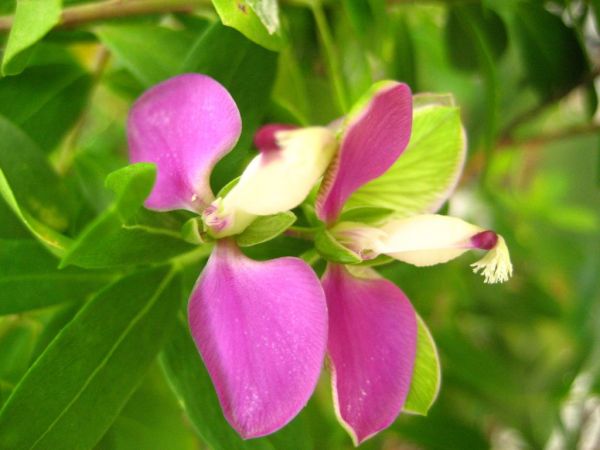
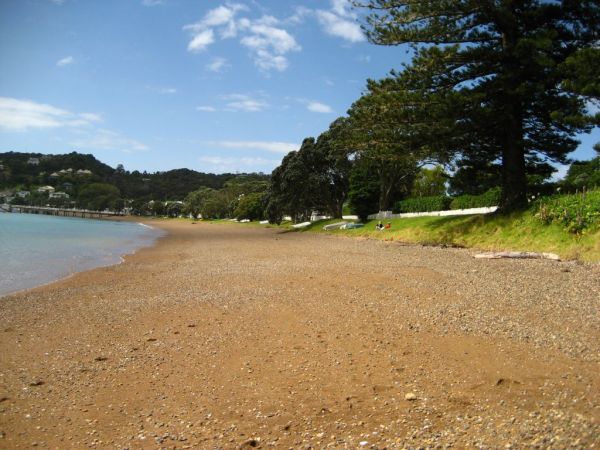
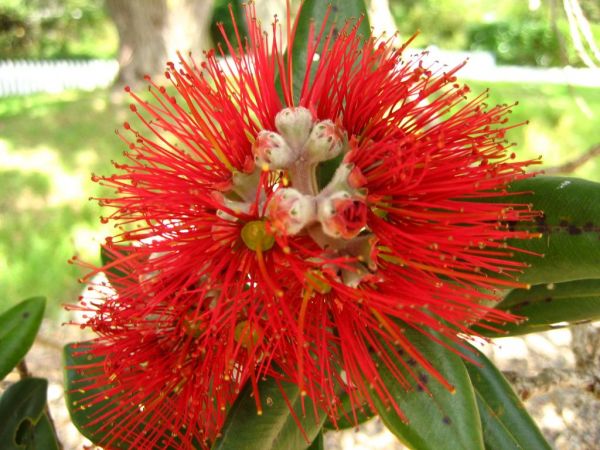
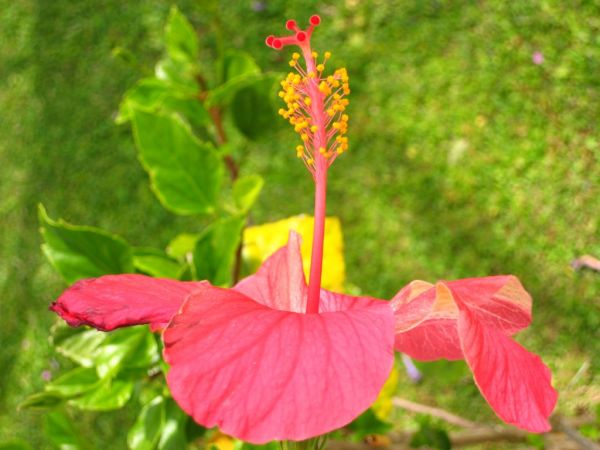
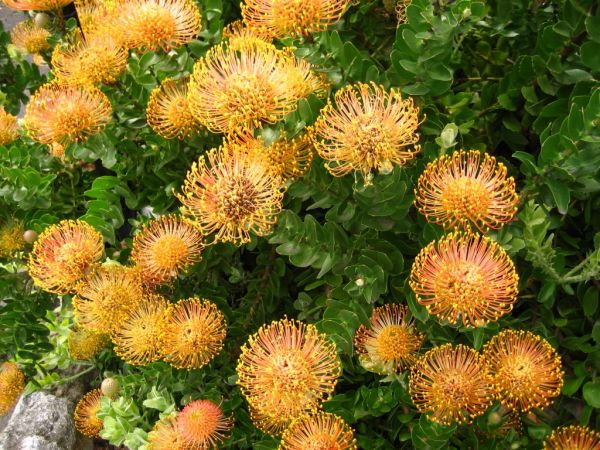
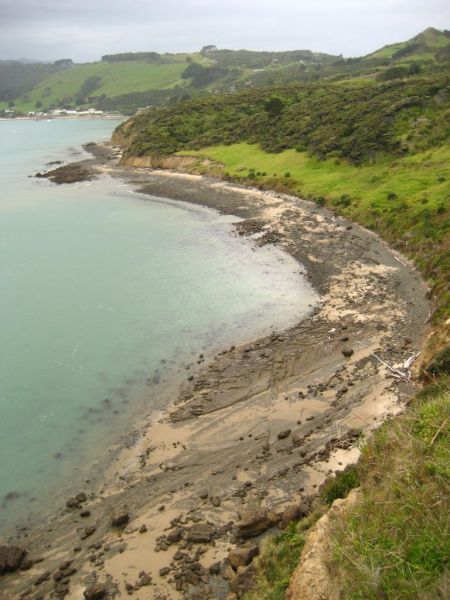

The next day, from Paihia, we take a bus to reach a beach that faces the Cavalli islands. On the lawn of a campsite, we put on the diving equipement and hop on the boat. On board, we are the only two French people and we cannot avoid the mockery of the team. I have to say that the Rainbow Warrior sabotage deeply moved a lot of Newzealanders since it was the first act of this kind on the peaceful territory of the Maoris.
Stopping at the Auckland pier before sailing to the Mururoa atoll in order to protest against the French nuclear tests, the flagship of Greenpeace will never leave the harbour. During the night of the 10th of july 1985, a double explosion rings out, the Rainbow Warrior sinks, ripped open at the engines hall level. Unfortunately, within this act of sabotage, Fernando Pereira, photographer of the pacifist association will be killed. The saboteurs wil be arrested a little time later, creating a big trouble within the French government, the Minister of Foreign Affairs will resign his post and the Prime Minister will have to apologize in the name of the nation as well as a financial compensation to Greenpeace and the New Zealand government.
In this peculiar background, we dive on the wreck, the hull lays down on a 27m-deep sandy bed. The hole of the explosion was filled in again and isn't visible any more while the submarine vegetation invaded all the wreck. We get in the ship through a gaping hole which split its upper deck. After a brilliant career full of struggles of every kind, from now on, it's as shelter of fish it carries on its pacifist action.
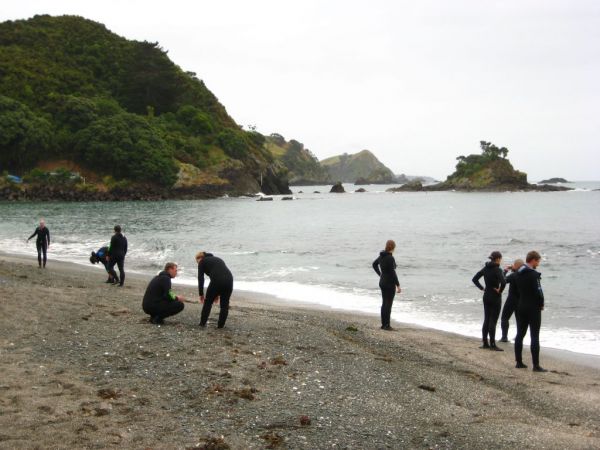
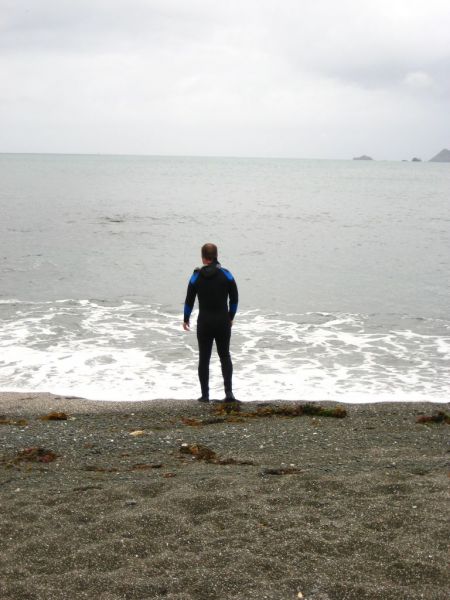
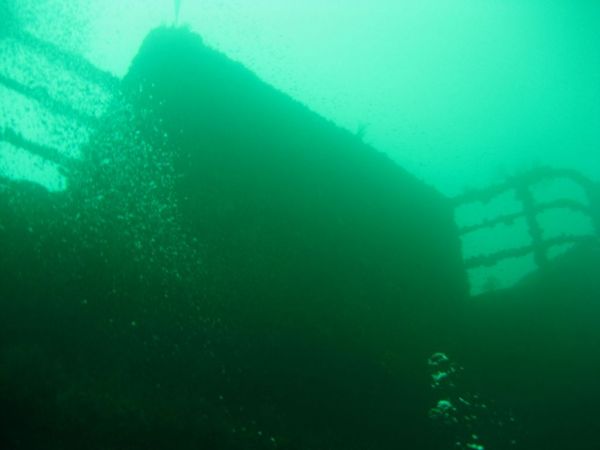

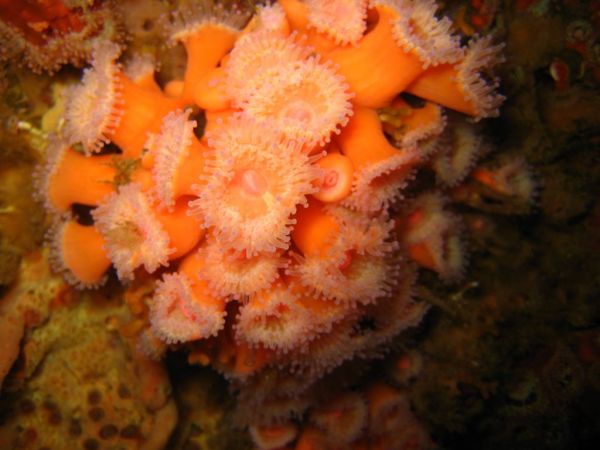
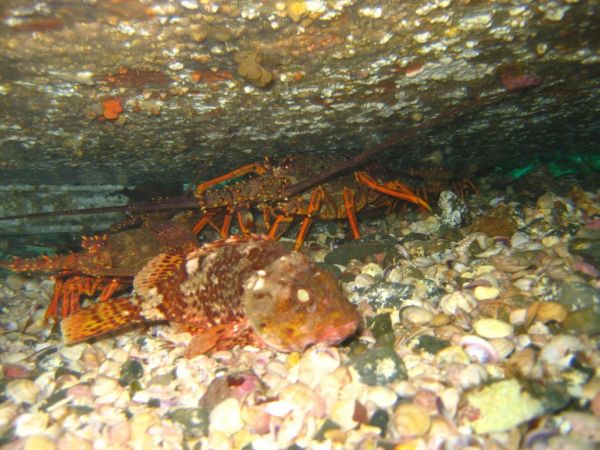
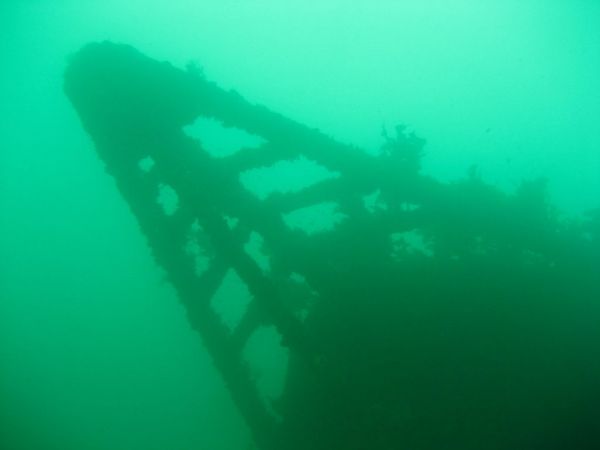
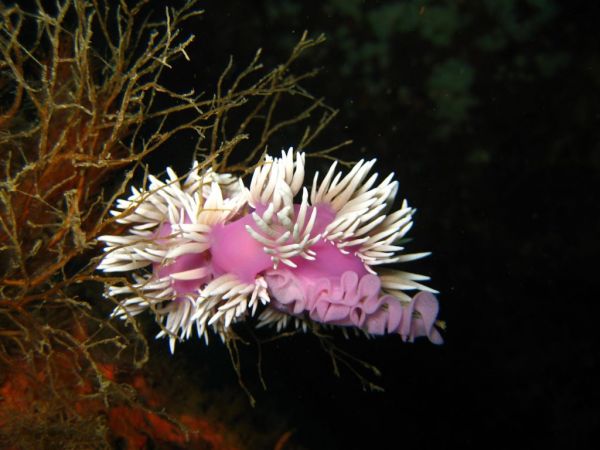
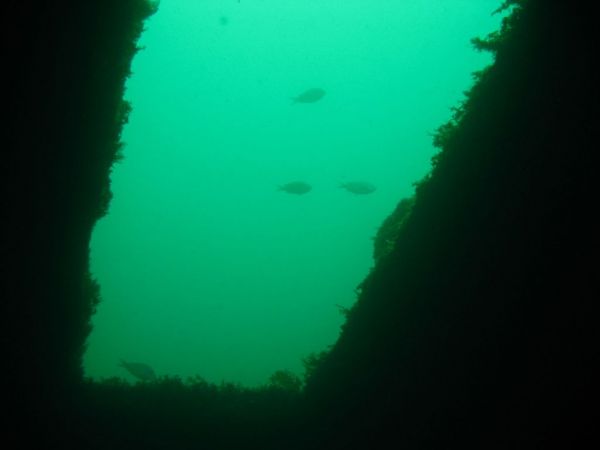
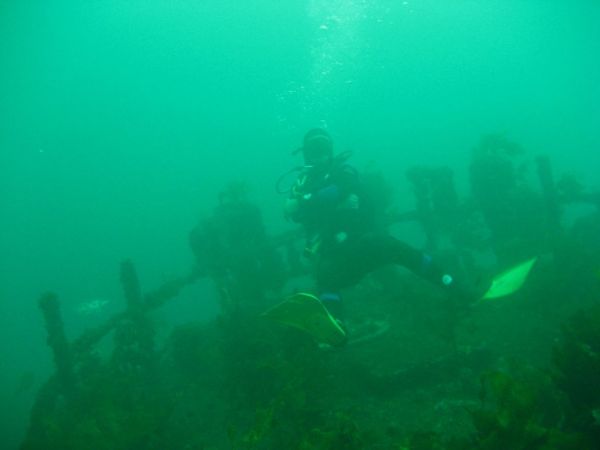
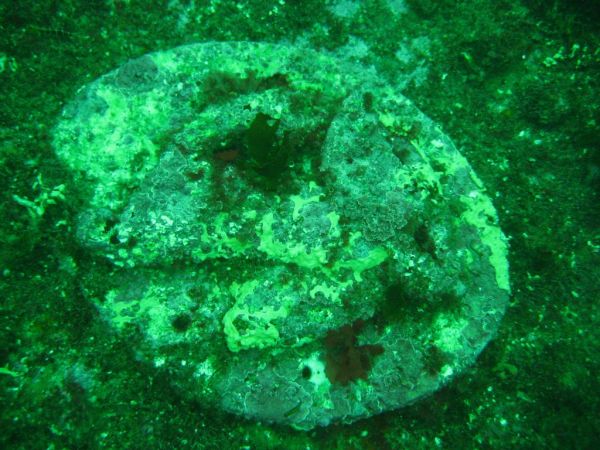
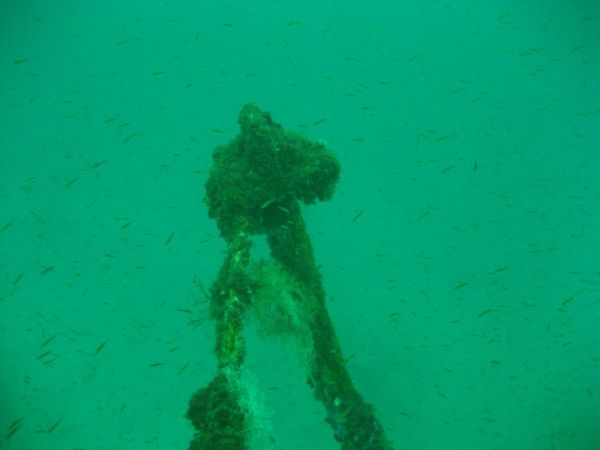
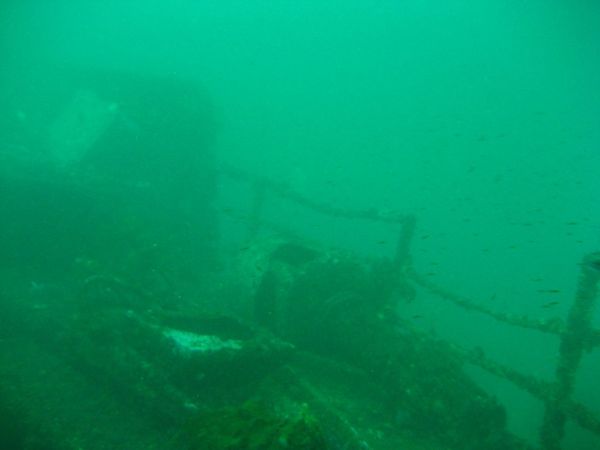
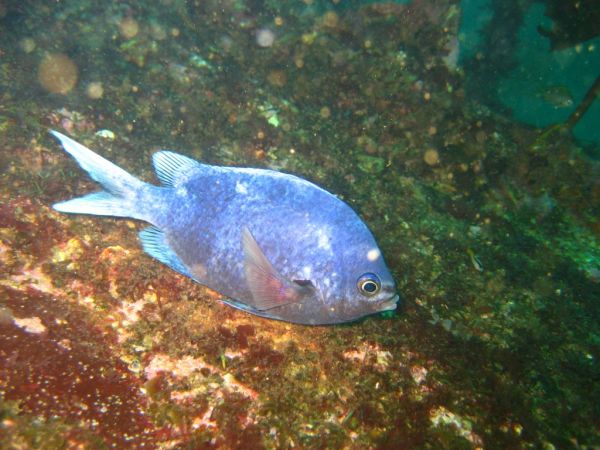
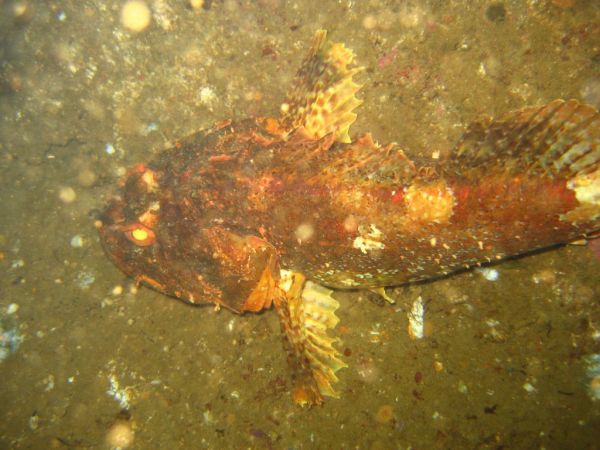
The second dive is around on the Cavalli islands. Giant seaweeds hiding a few fish and nudibranches.
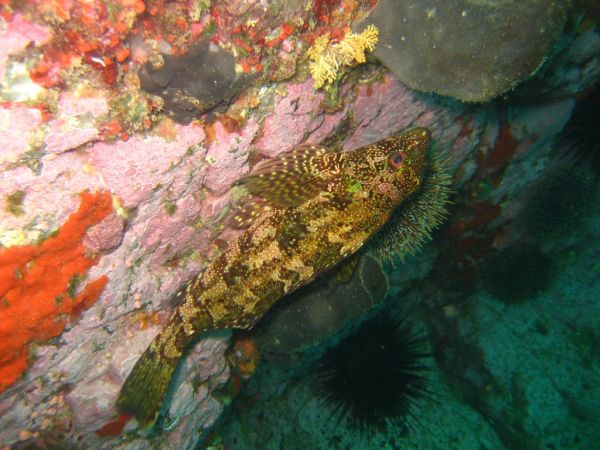
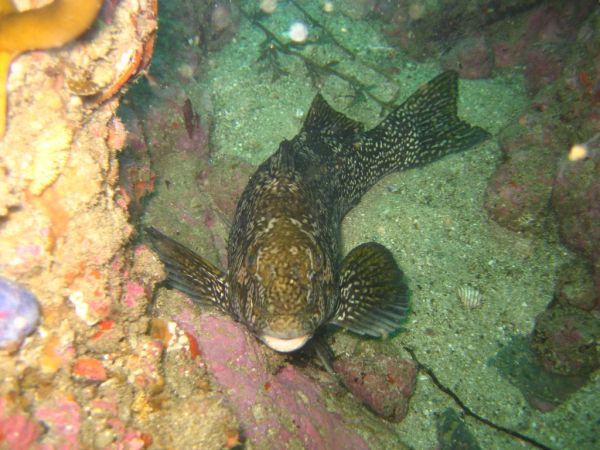
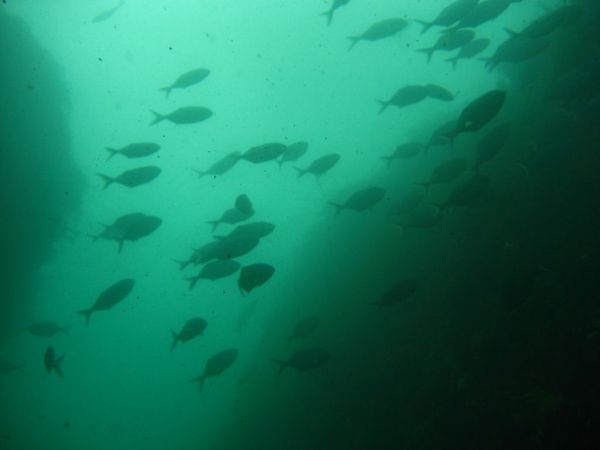
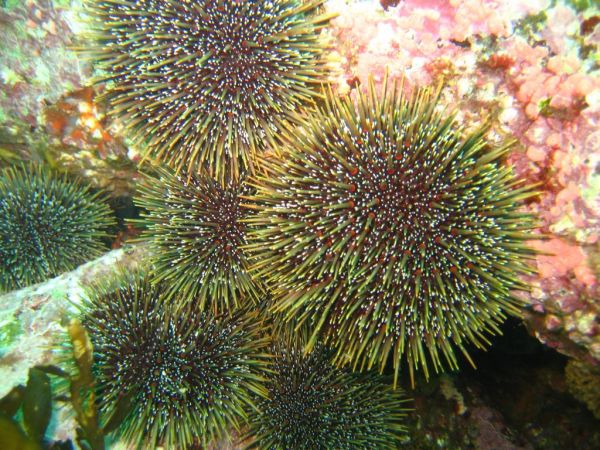
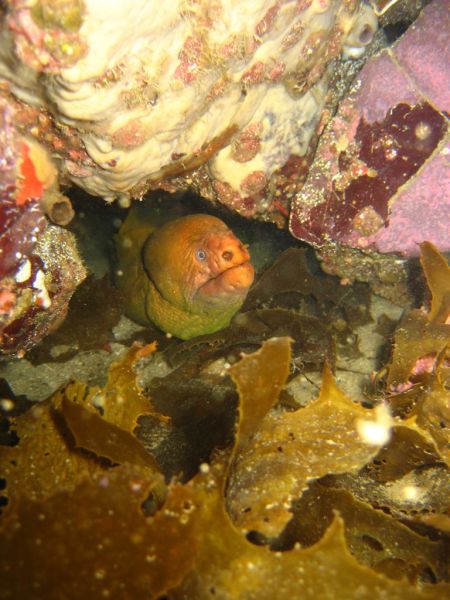
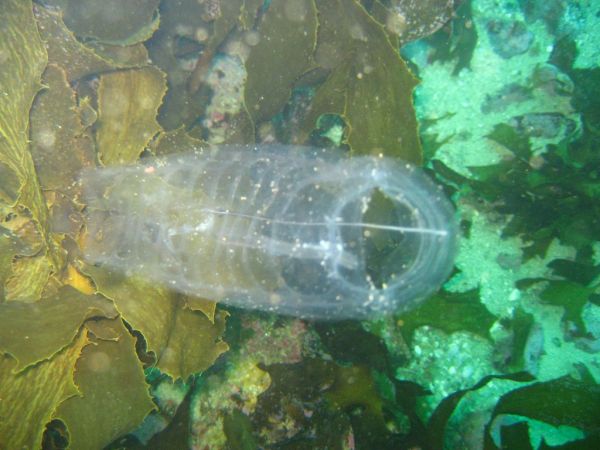
« previous entries - page 7 of 11 - next entries »




 visits
visits